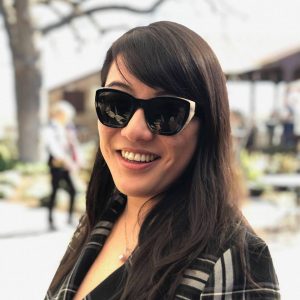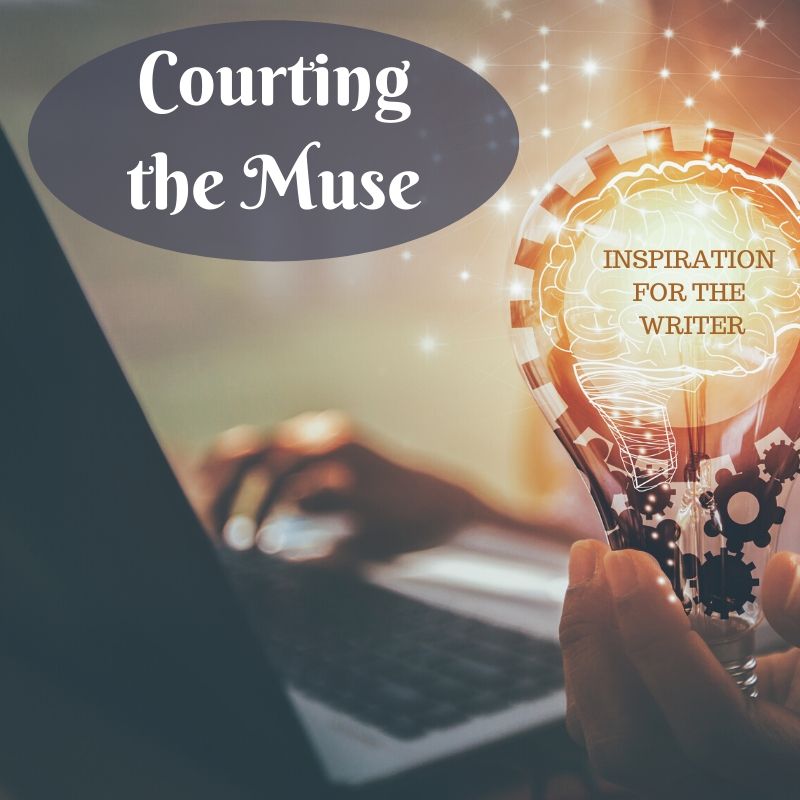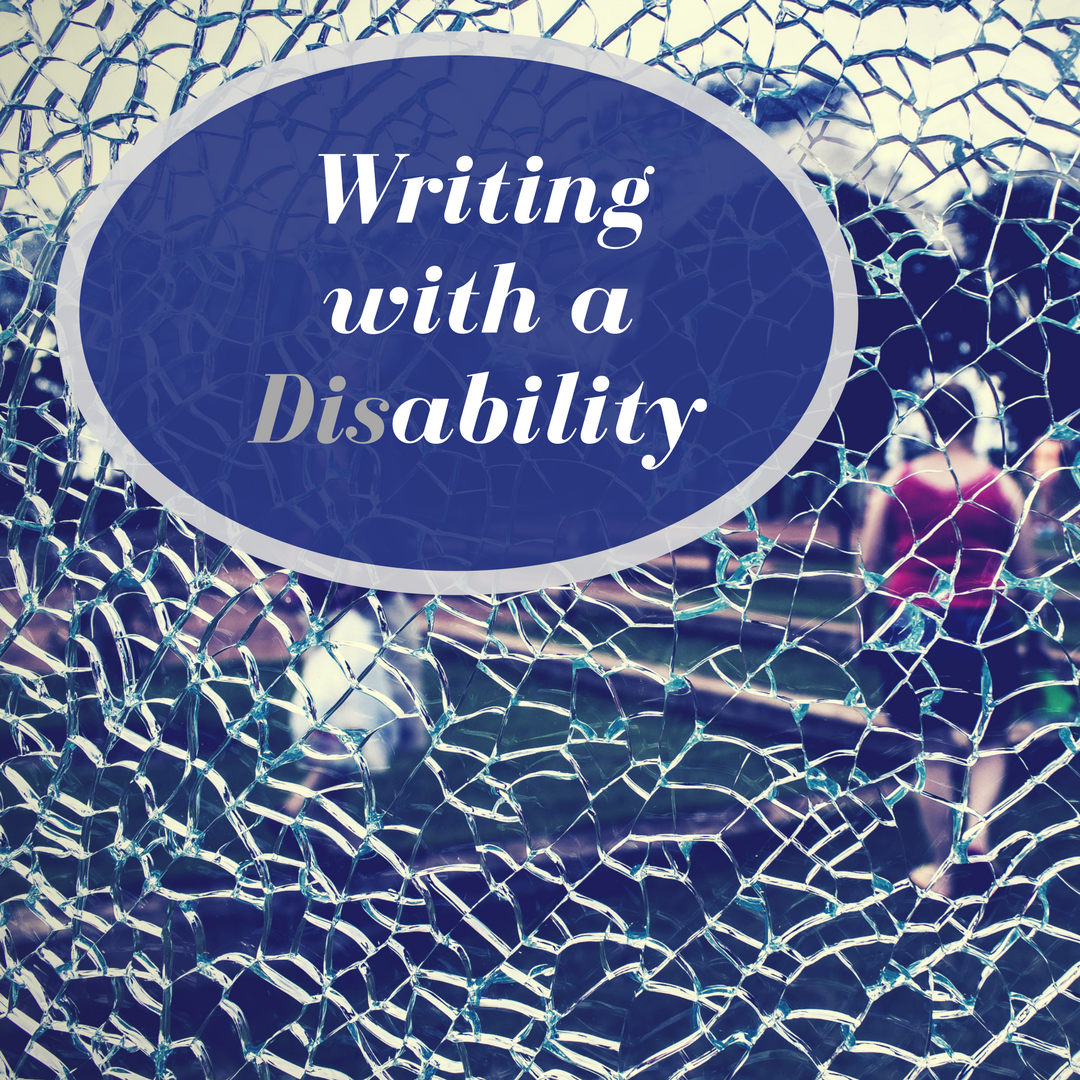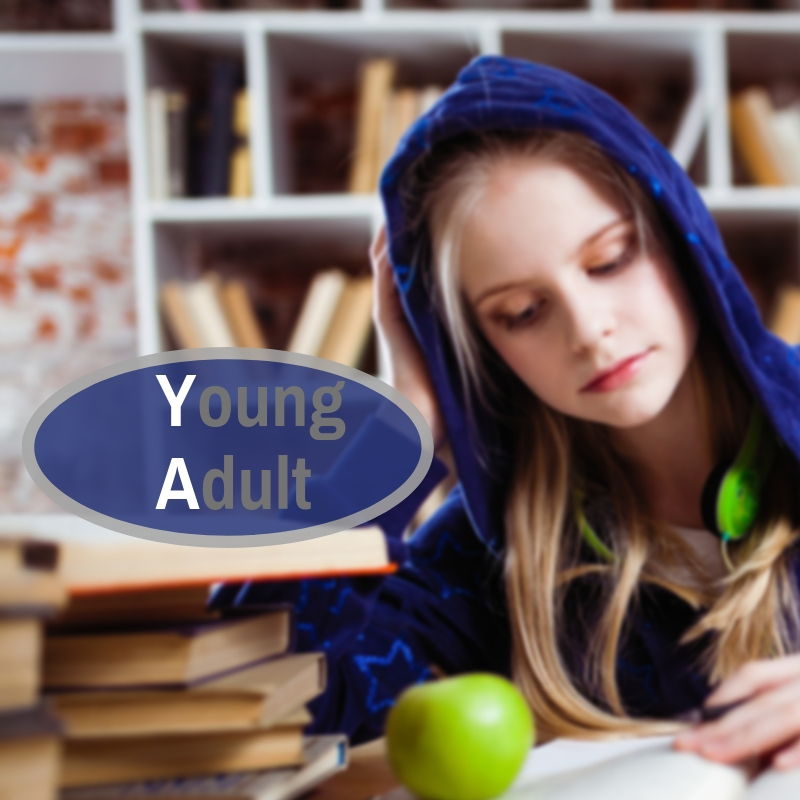During my last semester of undergrad, I spent a lot of time watching 30 Rock.
Like many graduating seniors, I suffered from a mild-to-moderate case of senioritis: a heaviness that periodically gripped my limbs at the very thought of academic work. But the time I spent riveted on Tina Fey and Alec Baldwin as they traded repartees? That didn’t count as a symptom. My steady diet of sitcom wit wasn’t procrastination — it was research.
That was the semester I signed up for a workshop on literary translation, taught by a celebrated translator of Hebrew and Arabic. Over the course of fifteen weeks, the class chipped away at individual projects, wrestling with texts in languages that — for the most part — neither our classmates nor our professor could understand. Then we’d read each other’s work as a group. As the term wore on, we sampled a dizzying array of translations: Russian realism, Greek philosophy and, in my case, classical Chinese domestic farce.
Of course, we couldn’t offer notes on how accurately each translator treated the languages we didn’t know how to read. What we could critique was the quality of the English that came out the other side: the flow of the sentences, the music of the syllables, the feelings that arose as we read each line. That was when I realized literary translation was as much about writing as it was about understanding a text: it was creative, as well as critical, work.
Now, what exactly did translating classical Chinese have to do with 30 Rock? Not a lot at first, as you’d probably assumed. But that changed as the semester progressed and my project started to develop in a new direction.
The piece I’d chosen to translate was earthy, irreverent, and dialogue-rich: lively with farcical liaisons, domestic squabbles, and pretentious characters who’d misquote the classics to justify their jealousy and lust. It was also literally full of holes — and not the plot variety. Part of a cache of excavated texts from the Western Han, the rhapsody dated back to the second century BC, and the bamboo it was inked on had been badly damaged, gnawed away by time. In the transcription I worked from, typed out by a Peking University professor, brackets and ellipses stood in where the original characters could no longer be read.
My first pass through this fragmentary text left me with a tortuous translation, pocked by footnotes and straining toward literalism. The other workshop participants gamely picked their way through the frustrated tangle of my English, asking insightful questions. But I could tell from their reactions: all I’d manage to get across was the text’s brokenness and difficulty, not the wit and soul that drew me to it in the first place.
So for my second draft, I decided to cut loose a little. Instead of bowing under the tyranny of the corrupt original, I’d turn this fragmentary story into a play, letting the sharp humor of the dialogue speak for itself. I wanted to spotlight what was still there, not the parts that were lost forever.
When I told the workshop about this new approach, I couldn’t resist ending with a joke: “I’m thinking about watching a lot of sitcoms to make sure the dialogue sounds right.” But my classmates — and our professor — took me seriously, encouraging me to study TV writing as I learned to craft dialogue. So Liz Lemon and I started spending quite a bit of time together.
As it turns out, a tightly scripted sitcom really is a masterclass in writing conversations. Break it down, and you’ll learn more than the art of a snappy one-liner: you’ll get a sense of how to write dialogue that sounds natural without being pulled from real life, with all its pauses, mumbles, and wasted air.
The next time you’re stuck on a bit of dialogue, try taking inspiration from your favorite Netflix show. Whether you’re writing a novel or turning a 2,000-year-old text into a play, the characters you’re trying to coax into conversation will thank you. Best of all, you’ll get to watch TV — guilt-free.

Lucia Tang is a writer for Reedsy, a marketplace that connects self-publishing authors with the book industry’s best editors, designers, and marketers. To work on the site’s free historical character name generators, she draws on her knowledge of Chinese, Latin, and Old Irish — learned as a PhD candidate in history at UC Berkeley. You can read more of her work on the Reedsy Discovery blog, or follow her on Twitter at @lqtang.





No Comments